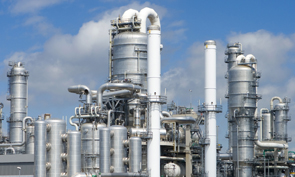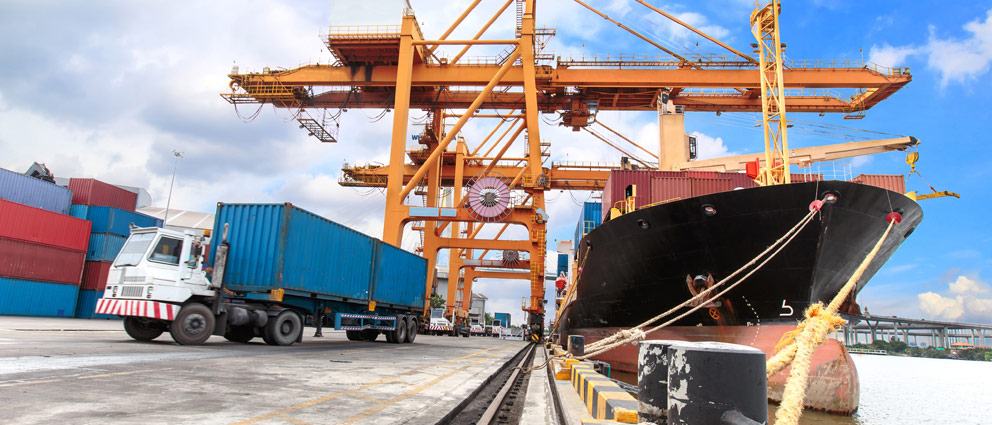
The global chemical industry creates a massive shipping requirement, with some unique challenges. Any suspension of supply increases the cost of the products. Thus raw materials at one end of the process and products at the other must be shipped reliably and on time, and the way in which they are handled must be completely transparent at all times.
The safety of both people and cargo is the first priority of the chemical industry. Many of the products that it develops can be toxic or dangerous at some stage, not just during manufacture but also in transit. And those products ship in many forms – solids, liquids and gases. The environmental impact of chemicals is also a major concern. Strong relationships between manufacturers and the carriers they use are vital to ensure the correct standards are consistently applied.
Minimizing total cost of ownership (TCO) and optimizing logistics is of vital importance to chemical manufacturers. Any bottlenecks in the supply chain can result in high risk and threaten profitability. One key area where bottlenecks can arise is at the loading dock. Containers need to be secured safely and quickly, but inefficient securing methods can slow down the whole supply chain and affect TCO.

At Cordstrap, we talk to supply chain and logistics managers every day. And we know there are some key issues that are raised in these conversations on a regular basis:
For a 3PL supplier, this can create tension with the manufacturer – who besides safety, wants to lower costs in order to support competitive prices for their products. This can make it hard for 3PL’s to comply with rules and regulations – with all the risks that this entails during transport. TT Club reports that poor and incorrect packing of containers and other transport units contributes to some 65% of cargo damage claims.
We believe that these pressures for 3PL’s can be resolved by focusing on:
At Cordstrap, we work with some of the world’s biggest chemical brands to keep their hazardous and non-hazardous cargo safe in global transit. Constantly innovating with new products and services that ensure safety is ensured and TCO is minimized.
With four simple questions, we can give preliminary cargo securing advice. Just click here and you can be applying our knowledge to your specific requirements within minutes.
For expert advice on cargo securing solutions contact us now
Contact now